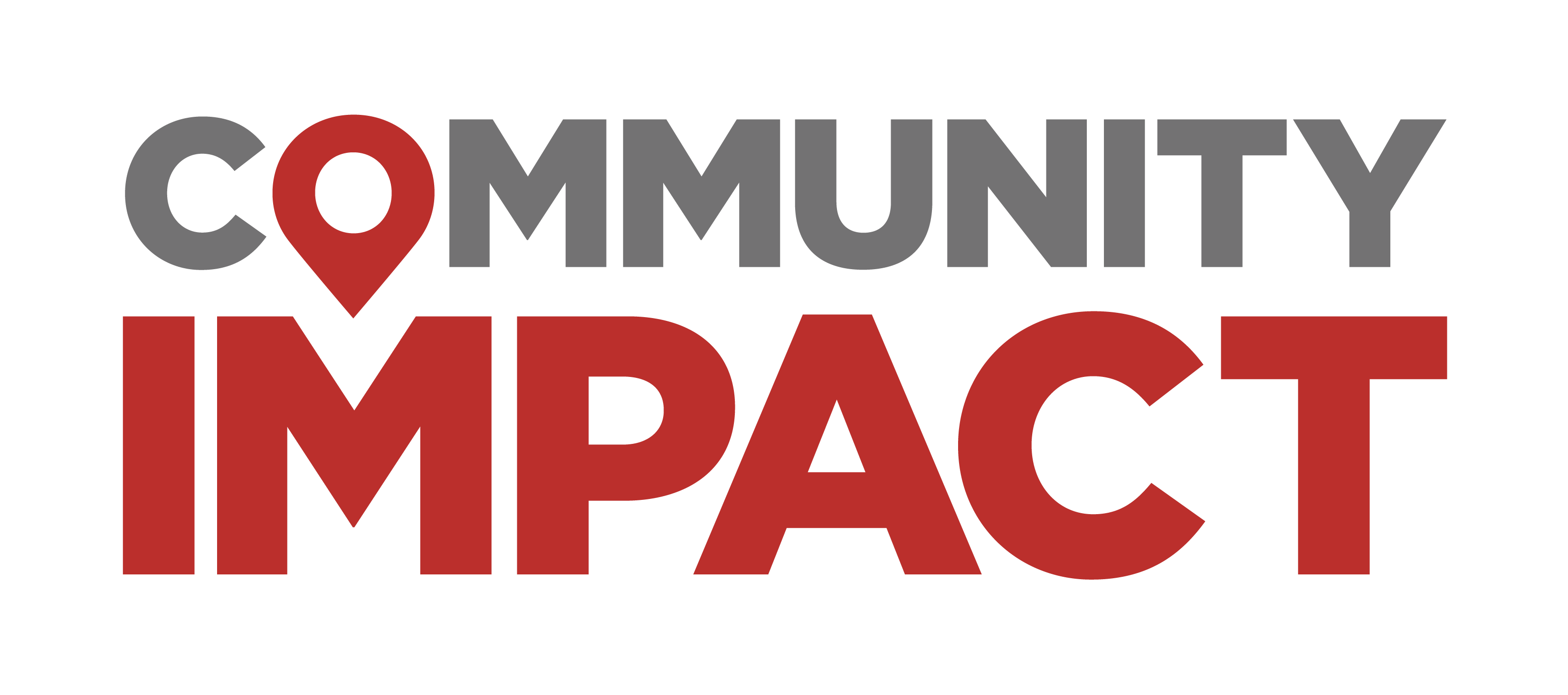Lower birth rates, competition from alternative education opportunities and changing migration patterns are offsetting the growth of 2,000 students annually brought by new housing, leading to fluctuating enrollment and localized strain on school facilities, demographer Susan Cates said.
After years of rapid growth, the student population is projected to decline beginning this school year.
“The district is going to have to be looking at potentially rezoning in some areas, potentially building new facilities in other areas,” she said. “It's going to have to really balance that out to manage where those students are living."
The backstory
KISD experienced continuous growth for decades including during the COVID-19 pandemic in 2020, although it was the beginning of a decrease in the rate of growth, Cates said. Following the dip, the district experienced two years of "unprecedented growth," gaining more than 4,000 students annually.
However, that pace has now reversed, and the current year is projected to show a net decrease in enrollment, she said.
Cates noted the enrollment reversal is largely driven by a sudden decline in Hispanic students. From 2016 to 2024, KISD added an average of 1,108 Hispanic students annually, but in 2025 the district lost 876—an almost 2,000-student swing from projections and the primary source of the overall enrollment drop.
The district’s largest Hispanic enrollment gains occurred in the two years following the 2020 election, she said.
The moving parts
Cates said several factors are affecting overall enrollment growth, a trend she observes nationally and across Texas, including a:
- “Substantial” drop in student-to-home ratio from 0.7 to 0.67 since last year
- Gap between graduating seniors and incoming kindergarteners, requiring more housing to offset the difference
- Noticeable slowdown in in-migration as kindergarten enrollment approaches local birth rates
- Growing impact of alternative educational options pulling students from KISD, though district still maintains a relatively higher enrollment rate of 93% of KISD residents
In August, year-over-year housing sales in KISD fell to 18.5% due to stabilized interest rates above the 6% required to “reactivate the housing market.”
With a median home price in KISD is $340,000, a rise from 3% to a 7% interest rate adds about $500 a month to a family’s budget, she said.
However, KISD expects over 40,000 new occupancies, including over 1,700 multifamily units in the next decade. Concentrated in the northwest quadrant, these developments include Grange, Ellyson, Anniston, Bridgeland and Sunterra.
In the classroom
Despite the overall decline in student population this year and projected flat enrollment for the next couple of years, the localized growth in the northwest quadrant presents a facility challenge, Cates said.
The study shows overcrowding in the northwest, necessitating potential rezoning efforts in the next decade at campuses including:
- Youngblood Elementary, which is projected to reach a 332% capacity with three well-utilized schools that could fit within its current attendance zone
- Nelson, Haskett, Katy and Stockton junior highs
- Katy and Freeman high school zones, with Freeman’s largest cohort currently in kindergarten
Cates said as the district potentially rezones or builds new facilities to manage the imbalance growth, the southern portion of the district is expected to see more capacity space.





